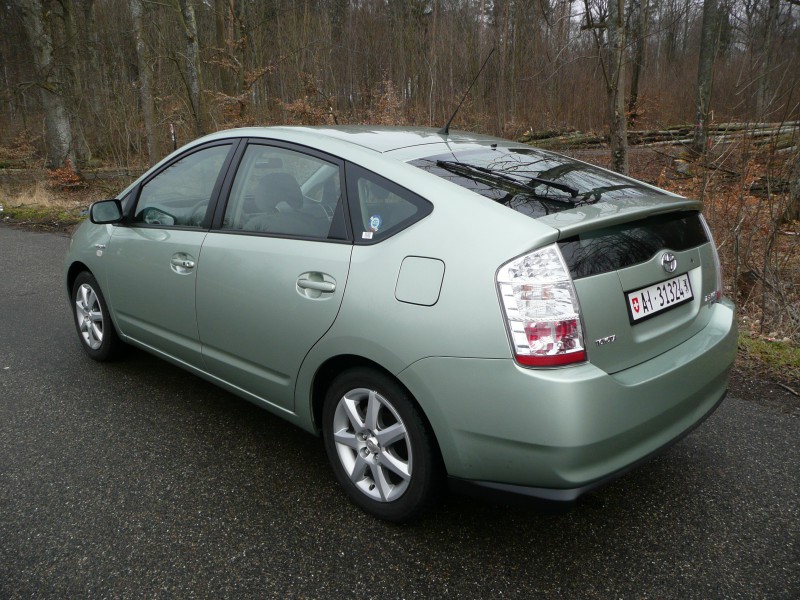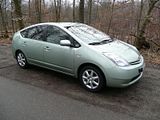

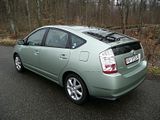
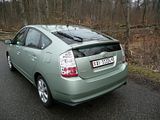
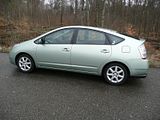
Within weeks of going on sale, or so it seems, some cars acquire a reputation that, whether founded or not, proves hard to dislodge. Sometimes that reputation is good, and is everything that the maker would have wanted and more, and sometimes it may not be quite so favourable. This does not always, of course, interfere with or even guarantee, the sale success of the vehicle in question. One such car is definitely that which formed the object of my latest test, the Toyota Prius. When the first generation of this car appeared in Europe, it sold in tiny numbers, and attracted little attention, as it was viewed as a small boxy saloon with some slightly odd technology underneath. The second generation, though, quickly attained a high profile for its hybrid technology and became the car for movie stars in Southern California to buy to assuage their consciences and one for the “eco-warrior” that still needed a car in Europe to select. Sales rocketed. Prejudices for and against it rocketed just as quickly. Although I feared that writing about this car might, among enthusiasts, be deemed almost an act of treachery, I decided to press ahead, and report what I found in my recent test.


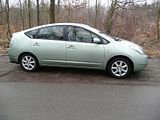
Although Toyota have worked hard to make the Prius as “normal” as they can, there are some differences with a conventional car, and none more so than at start up. You insert the “key” in a slot to the right (on this left hand drive car) of the column, put your foot on the foot brake, and press the “start” button. The dash lights up, and all you hear a click, and that is it. Nothing else. As the car starts on the electric motor only, there is no evidence that movement might be possible. Not, however, before you have selected a gear. On the dash alongside the key slot is the “transmission” lever. By lifting it slightly, flicking left across the gate, you can now select drive (down) or reverse (up), after which the lever returns to the “B” position. If your foot was on the accelerator, the petrol engine will now have fired. However, although you think you have selected a gear, you have not, as the electronic transmission brake, set with a button above the gear selector, will only disengage if your foot is on the foot brake. Best to do that, then after you have fired the engine. There is an added restraint – and this caught me out such that I had to return to the Hertz desk for further instructions – in that there is a foot operated (US style) parking brake as well. That needs to be released before the car will go. It’s quite an eery sensation moving around the car park silently on the electric motor, but once you get to a few km/h, you’re onto petrol, and the car feels and sounds more normal.
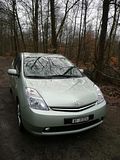
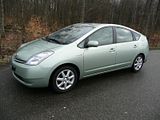
Once on the open road, this car feels rather more like the sort of car with which we are all familiar. There is a 1.8 litre petrol engine, and a continuously variable automatic transmission, backed up by the hybrid electric motor. On the dash, on the same screen as can be used for the satellite navigation, there is a graphic which shows when the petrol engine is driving the car, when (such as if braking, or if your foot is off the accelerator) you are charging the electric motor and when you are driving on the battery. The switch between the two is pretty seamless, and very smooth. It is when you need brisk acceleration, or when climbing even a very moderate hill when things get less peaceful. Indeed, it is fair to say that they got really very noisy, even on gentle ascents on the Autobahn cutting through the Black Forest en route to Stuttgart. Part of the problem is undoubtedly the transmission, as with no defined gears, the car has to rev lots just to climbs not much of an incline. There’s no rev counter, so you cannot see what effect this has on the rpm, but your ears can tell you, and you can also see the fuel consumption increase, drastically. No-one is likely to buy the Prius for its class-leading driving dynamics, so I suppose the target customer will be more impressed by the reassuring brakes than the rather uninspiring handling and lifeless steering. Even the stereotypical buyer can hardly to fail to notice the poor ride, which really struggled with every slight ridge and bump in the road, and they will find the car is noisy. Not so much engine noise, unless the engine is working hard, but road roar was particularly noticeable especially on the German autobahn, where I have not particularly noticed it before. It is also worth remarking about visibility. Forwards, you can see nothing, as the front slopes steeply away, but the rear is very good, with that extra slot in the lower half of the tailgate, and should there be problems, parking sensors will beep at you. Of course, the reason why people buy a Prius lies all around its eco credentials. I have mixed news. At a steady 120 – 130 km/h, the economy meter reported about 7 l/100km, which is far from spectacular, and is no better than any conventional mid-sized hatchback could achieve. Push harder, or go uphill and the figure deteriorated to the wrong side of 10 litres/100km which is far from good. Driven very gently, and around town, the figures were much more impressive. Based on my limited testing, I have to conclude that this sort of hybrid technology would appear only to make sense if town driving is a significant part of your average usage.
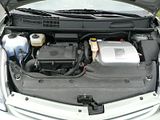
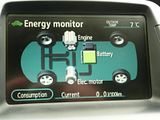
The dash of the Prius is not totally conventional, either. The “instrument” display is on a digital panel mounted just under the base of the windscreen, and a long way forward from the driver, with the displays mounted towards the centre of the car. All the indications on there, apart from a few of the less-commonly seen warning lights are green, so there is no distinction, for instance between a lights on warning and the speed display. Although it was clear enough, I think I prefer something a little closer to the driver! The centre of the dash has a large screen which can switch between the “energy” display, the sat nav, maps and other info, such as setting the standard climate control. There is a radio/CD player underneath this, though the selected station shows on the info display. Many of the more commonly used functions are duplicated with buttons on the steering wheel, which had plenty of different things to select. This all leaves the console area completely clear, and so a large unit is mounted between the seats, which contains a deep cubby hole and covers over the ubiquitous cup holders, and then a sizeable gap between this unit and the dash itself. The dash comprises a mixture of textured plastics, as are the door casings, some of which had a rather odd grain to them and were not to my taste at all. Finish and fit, is of course, good, and unlike most European Toyotas this one, even after nearly a year in the rental fleet, did not have scratched plastic around the key area.
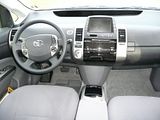

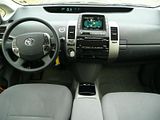
One real surprise was the sheer amount of space in the cabin. Even allowing for my short legs and therefore the fact that the driver’s seat was well forward, there is a huge amount of leg room in the back of the Prius. Far more than you would expect from the modest external dimensions of the car. There is ample seating in the rear for three, although you do need to remember that at the end of the seat, there are grilles for allowing air to circulate to the batteries, and it is important that these are not covered. The luggage area under the cover is shallow. This is partly because the cover is mounted very low so as to allow a clear view through the lower pane of glass on the hatch. There are useful cubbies under the floor for small items, and of course the luggage area can be extended by lowering the rear seats, done by simply dropping the asymmetrically split rear seat backrests on to the cushions, giving a long and reasonably flat load area, but with not protection from the back of the front seats, and, if the seats are well forward, plenty of space for things to fall over the end and into the footwell.
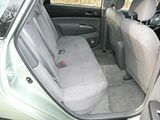
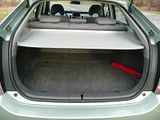
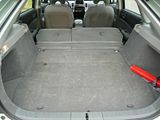
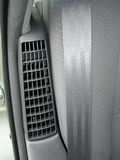
So, what do I conclude? I was intrigued by the Prius, and I have to say (I am feeling brave), that I enjoyed trying it out. I’d even like to test it again, in the mountains to see how it performs there (I suspect it is rubbish, losing all the benefits of Hybrid!), but would I want one? Er, no! If I was an urban only driver, the benefits of the hybrid technology, and the room might look reasonably attractive, but that’s not my kind of motoring and my kind of car. So, promising in some ways, but “not there”, at least yet.




















